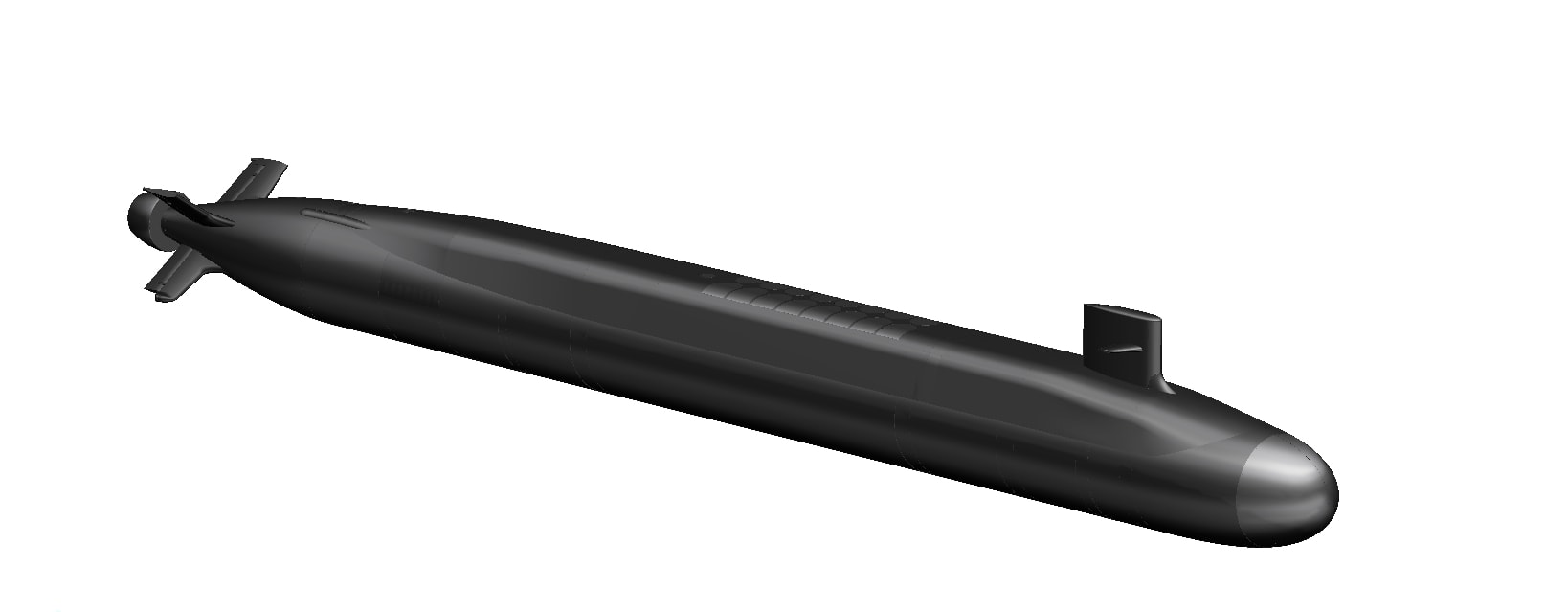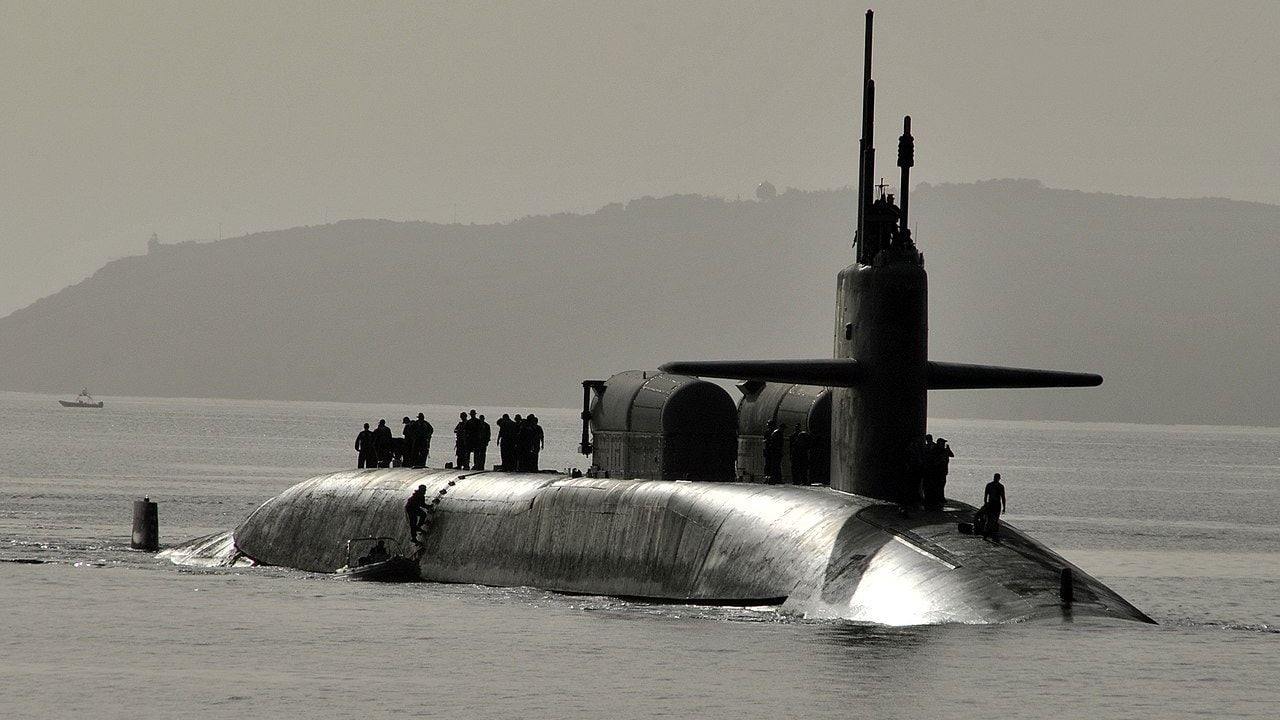What You Need to Know: The U.S. Navy is transitioning from the aging Ohio-class submarines to the next-generation Columbia-class SSBNs, ensuring the future of America’s nuclear deterrence, but at a cost of $132 Billion over the programs lifetime. The Ohio-class fleet, in service since the 1980s, is reaching the end of its lifespan, making replacement urgent. The Columbia-class introduces an advanced electric drive, quieter propulsion, and cutting-edge automation to enhance stealth and survivability in modern undersea warfare.
Key Question: With rising global threats and improving enemy detection capabilities, upgrading to the Columbia-class is critical for maintaining second-strike capabilities. The question remains: Can the Navy build enough Columbias in time to replace the outgoing Ohio fleet?
Can the U.S. Navy Replace the Aging Ohio-Class Submarines in Time?
A key program for the Pentagon today is the Columbia-class nuclear-armed submarine. Its acquisition priority resides in the understood reality that existing Ohio-class submarines are already well beyond their expected service life.
The Ohio-class emerged in the early 1980s and became a critical component of the United States Strategic Deterrence for decades. However, US Navy leaders recognize that the Ohio fleet is approaching obsolescence, a key reason why DoD heavily emphasizes the development of Columbia submarines.
Overall, the Ohio-class consists of 18 submarines, composed of 14 SSBN ballistic missile submarines and four SSGN cruise missiles.
Massive SSGN Firepower
Though not developed for the role they now serve, the Ohio-class SSGN guided missile submarines have filled a role that their planned retirement has driven the Navy’s rapid push to develop Virginia-class Block V Virginia Payload Module (VPM). It will provide additional firepower to Virginia-class submarines that would otherwise be lost.
The Ohio-class SSGNs have brought massive firepower for many years and proven effective in war, as each of the four boats can carry as many as 154 Tomahawk missiles along with Harpoons.
For many years now, Navy leaders have been clear that the Ohio-class cannot be extended any further, given the critical need for the undersea realm of strategic deterrence. Columbia-class submarines are expected to deploy by the early 2030s, if not sooner, yet it will take years before they exist in impactful numbers.
One of the most extensive problems with extending the Ohio-class relates to technology; the Ohio-class has served the Navy exceptionally well and can certainly live for a few more years, yet there is new technology able to massively improve undersea performance, something considered quite critical in a changing modern threat environment.
With new detection methods, could Ohio-class boats become more vulnerable to detection? Will they remain relevant and effective for many more years into the future?
The entire premise of undersea nuclear strategic deterrence is based on operating clandestine missions wherein submarines secretly lurk in dark corners of the ocean in strategic positions to ensure a catastrophic second strike upon any adversary launching a nuclear attack on the US.
Columbia-Class Challenges and Promise
Columbia-class submarines are being built with an entirely new suite of technologies now available. Instead of mechanical hydraulic propulsion, Columbia submarines are built with a quieter, more efficient “electric drive.” Electric drive is quieter and more capable of generating critical electrical power throughout the boat.

Early rendering of what Columbia-class could look like
Columbias also have a quieter X-shaped stern and a host of cutting-edge technologies woven into Virginia-class Block III submarines. These include a fiber-optic cable able to send periscope images and ISR data throughout the boat so sailors can view time-sensitive data without needing to stand underneath a periscope.
Also of great significance, Columbia-class boats will receive Virginia-class Block III “fly-by-wire” joystick computerized navigation. This enables human commanders to quickly and automatically establish depth and speed using advanced computer automation.
Therefore, the answer seems clear. It might be conceivable to attempt to push Ohios ever further, yet there is a threat-driven reason why Columbias are urgently needed to ensure undersea strategic deterrence.

SOUDA BAY, Greece (May 21, 2013) The Ohio-class guided-missile submarine USS Florida (SSGN 728), gold crew, arrives in Souda harbor. Florida is homeported in Kings Bay, Ga., and is deployed conducting maritime security operations and theater security cooperation efforts in the U.S. 6th Fleet area of responsibility. (U.S. Navy photo by Paul Farley/Released) 130521-N-MO201-047
About the Author: Kris Osborn
Kris Osborn is the Military Technology Editor of 19FortyFive and President of Warrior Maven – Center for Military Modernization. Osborn previously served at the Pentagon as a highly qualified expert in the Office of the Assistant Secretary of the Army—Acquisition, Logistics & Technology. Osborn has also worked as an anchor and on-air military specialist at national TV networks. He has appeared as a guest military expert on Fox News, MSNBC, The Military Channel, and The History Channel. He also has a Masters Degree in Comparative Literature from Columbia University.

